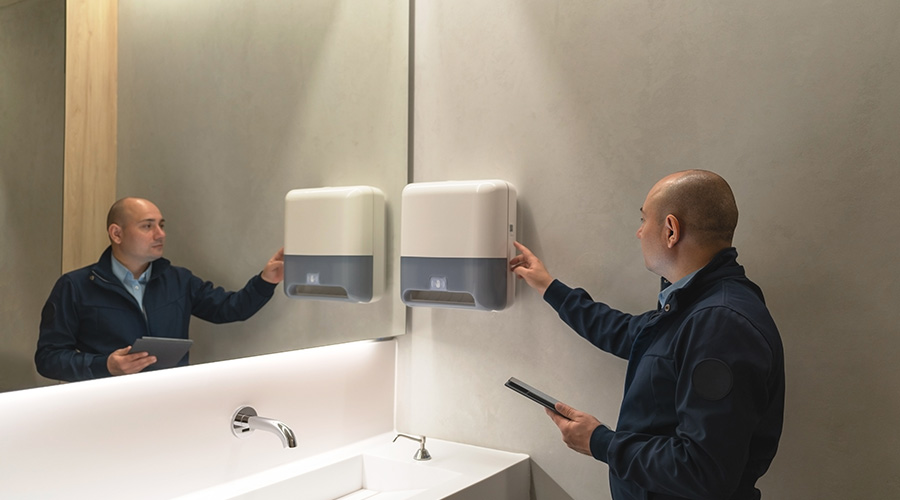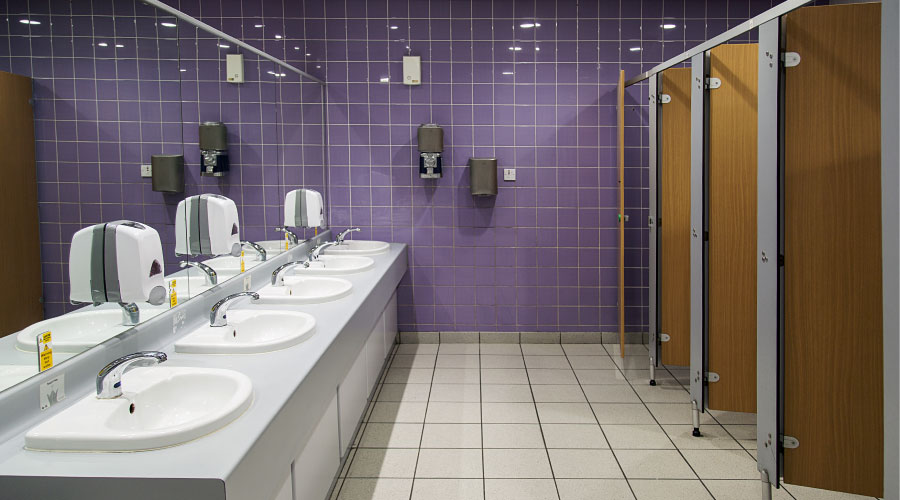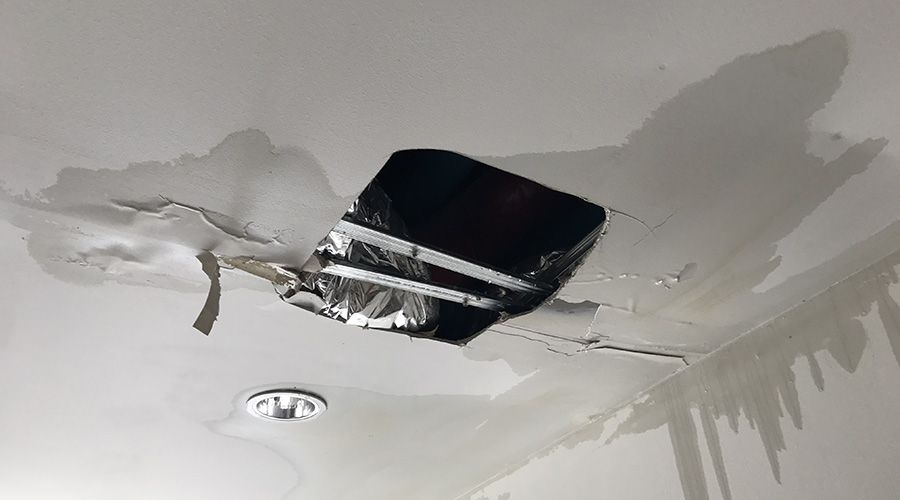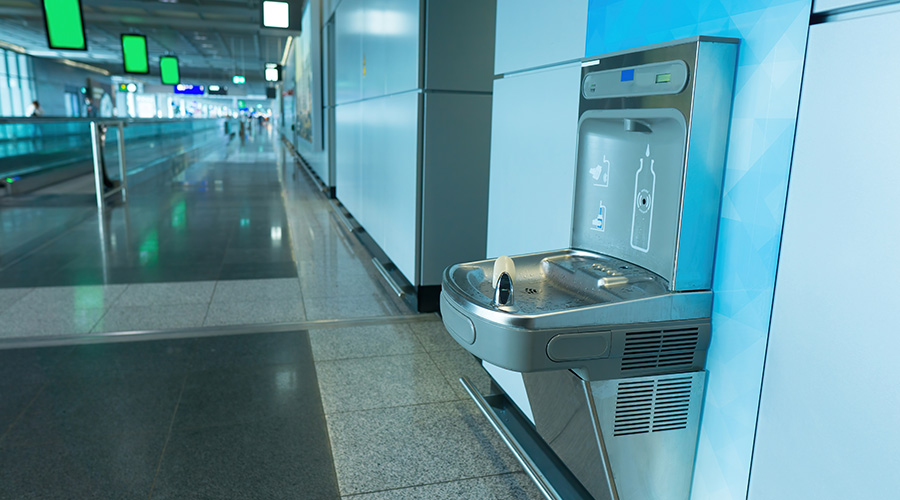Drain Cleaning Equipment: Consider Diameter, Distance of Drain Lines
The number of buildings — and the size and function of each facility — maintenance and engineering managers are responsible for often dictates the type of tasks front-line workers tackle every day. For example, workers in K-12 school districts deal with systems and components their peers in commercial office buildings might not be familiar with, and vice versa.
But one task every manager and front-line technician will deal with at some point is drain cleaning.
“Drains are going to clog, no matter what the economy,” says Marty Silverman, vice president of marketing with General Pipe Cleaners. “People may not want to buy a new machine. They’ll try to keep their old machines running for a while because they’re concerned about spending the money. But the drains are going to continue to clog.”
Whether managers contract out drain-cleaning services or maintain drains using in-house crews, they rely on manufacturers for answers related to technology advances in drain-cleaning equipment, as well as strategies for getting the job done as safely and efficiently as possible.
Diameter and Distance
When specifying drain-cleaning equipment, managers first need to consider the diameter of the drain and the length of the pipe. The nature of the clog and the type of drain also factor into the decision.
“What applications and what diameter lines are in your facility that you’re going to have to clean?” says Mark Speranza, vice president of sales with Electric Eel Manufacturing. “What distances are you going to need to go? Diameter and distance pretty much can tell you which machine to go with for a job.”
Determining the proper size of equipment for the job is critical in cleaning a drain effectively.
“For snake-based machines, if you use too small a machine for cleaning a large line, the cleaning operation will be ineffective, and the line will remain either clogged or just barely open and poised to clog again,” says Bill Madden, customer/technical service manager with Spartan Tool. “If you use too large a machine in a smaller pipe, you will have difficulty navigating the heavier cable through the line.”
Operators also can prevent the cable from kinking by using the right machine for specific drain lines.
“The main cause of kinking is using the tool in the wrong-sized line,” Silverman says. “If you use a big cable in a small line, it won’t go around the bend, and you might kink it up. Or vice versa, you use a cable that’s too small. In a big line, it will fold back on itself and kink up.
Related Topics:














